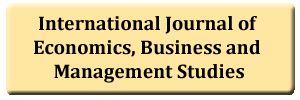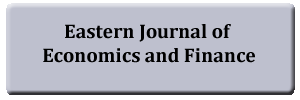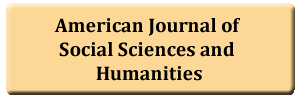Banks’ Balance Sheets and Monetary Policy Transmission Mechanism of BEAC
DOI:
https://doi.org/10.20448/811.5.1.1.14Keywords:
Bank balance sheet, Credit channel, DOLS, FMOLS, Monetary policy, BEAC.Abstract
The aim of this paper is to evaluate the effect of banks’ balance sheets characteristics on the monetary policy transmission mechanism in Cameroon. To conduct our study, we focus our attention on bank credit channel. The data used in this research work are collected from National Credit Council (CNC) within the period 2006-2016. The estimation of our model by the Dynamic Ordinary Least Square (DOLS) and Fully Modify Ordinary Least Square (FMOLS) methods led to the following results: credit channel is at work in Cameroon; moreover, the result reveals that banks with big size, strong liquidity and highly capitalized are less responsive to restrictive monetary policy than banks with small size, less liquidity and less capitalized. These results reveal that banks’ balance sheets characteristics negatively affect the monetary policy transmission mechanism in Cameroon. We therefore recommend to the monetary authorities to take into consideration the differential level of banks’ balance sheets characteristics when implementing a monetary policy decision.




